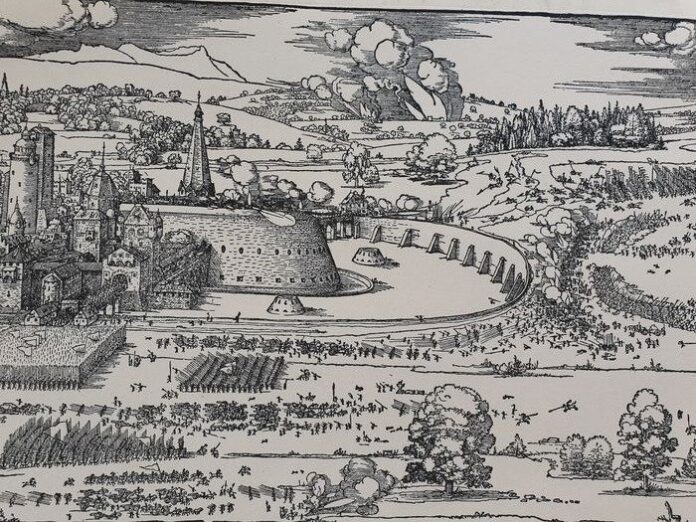Article Excerpt:
(Williamstown, Massachusetts)—The Clark Art Institute’s latest exhibition presents four centuries of war imagery from Europe and the United States in As They Saw It: Artists Witnessing War, on view March 5–May 30, 2022. Spanning European and American art from 1520–1920, the exhibition of prints, drawings, and photographs shows how artists have portrayed periods of military conflict, bringing war off the battlefield and into the homes and lives of those who were often at a far remove from the scene. The exhibition is on view in the Eugene V. Thaw Gallery of the Clark’s Manton Research Center.
Visual media have long played a key role in documenting war. Especially for those far from the front, eyewitness imagery is crucial to understanding what may be happening on the battlefield. Yet artists’ depictions of the wrenching conditions and consequences of warfare may even transcend their historical origins to become lasting monuments to suffering and sacrifice. This exhibition brings together a diverse selection from the Clark’s holdings: both pro- and anti-Napoleonic imagery (including Francisco de Goya’s Disasters of War); Civil War photographs and wood engravings; and multiple perspectives on World War I. The exhibition features a special selection of recently acquired photographs of Black Americans in military service, documenting the contributions of people who have long been underrepresented in the historical record.
“This exhibition accounts for both military and civilian experiences of war and presents a great diversity of perspectives, including some which have been historically underacknowledged,” said exhibition curator Anne Leonard, Manton Curator of Prints, Drawings, and Photographs. “As They Saw It emphasizes the subjectivity of all war reporting and reminds us that photography, so often considered the gold standard for eyewitness documentation, was only one means of expression chosen by artists addressing the raw facts and messy consequences of war.”
Analysis:
An art institute in Massachusetts has opened its doors to an exhibit featuring works of art including paintings, drawings, and photographs, all depicting scenes of war as portrayed by the artist. These works range in style and date of completion, allowing the viewer to experience these catastrophes through the eyes of several different artists at several different times in human history. It is easy to talk about these catastrophes as a matter of fact, but it is much harder to allow oneself to empathize with the subjects in the painting, as well as the artist themselves. Many of these portraits seem fantastical or dated– like something out of a storybook or an old wives tale. It is important to understand these subjects as real people who once lived; representations of people who had families and led whole lives– they, too, were human beings whose experience is not far from ours today. We, too, may experience active combat within our lifetimes. It is important to understand that even through these paintings are subjective depictions of war, that there is an underlying truth to these works; a reality that we may soon experience ourselves.




